Here’s the official OnAllCylinders long-term winter forecast:
It’s gonna snow—at least in many parts of the country. And there’s probably going to be freezing rain, blowing snow, gale-force winds, and bitter cold, too. We don’t need a billion dollar satellite or super-quadruple Doppler radar to know it either. Anyone with half a Doppler could figure that out.
The real question is: Is your vehicle ready for the harsh winter weather? Whether you use your truck for plowing snow or simply rely on your car to survive those white-knuckle winter commutes, our winter checklist will help you get your truck ready for winter driving.
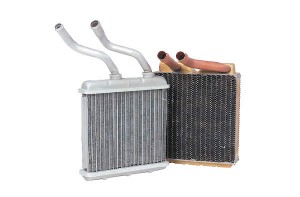 Climate Control System
Climate Control System
Don’t wait until the first frost to test out your vehicle’s climate control system. Make sure your heater and defroster are in good working order before you really need them. We’ve got a full line of climate control system replacement parts to ensure your cab stays warm and comfy: replacement climate control panels and components, heater cores, heater blower motors, HVAC ducts and accessories, seat heaters, and more.
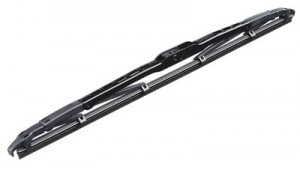 Windshield Wipers
Windshield Wipers
You can’t control the weather or road conditions, but you can control your windshield conditions. Start by examining your wiper blades for wear and tear. Then, fill up your washer fluid reservoir and make sure the pump is working properly. Check for obstructions blocking the spray nozzles and inspect the windshield washer reservoir for cracks. Now is the time to replace any failing components, including your windshield wiper motor, windshield wiper pump, and wiper fluid squirters. Once everything is in working order, fill up on windshield washer fluid and keep a spare jug in the trunk.
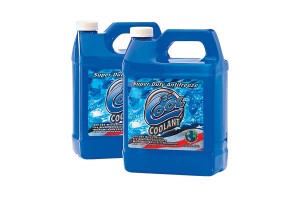 Cooling System
Cooling System
Flush out your cooling system and add in the appropriate amount of antifreeze. Companies like Be Cool offer antifreeze that is pre-mixed to protect cooling systems and aluminum components in temperatures far below zero. Now is also a good time to check all your cooling system lines and hoses for cracks and make sure your coolant reservoir is in proper working order.
 Belts and Hoses
Belts and Hoses
What’s worse than changing a broken belt on the side of the road? Oh yeah—changing a broken belt on the side of the road in freezing temperatures. Since you’re already checking your coolant system lines and hoses, go the extra mile by checking your fan belts, too. Look for cracks, frays, and tearing and replace your accessory belts accordingly before winter’s onslaught. You’ll be glad you did.
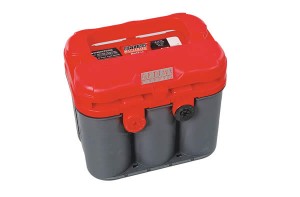 Battery
Battery
Dead batteries are common in the winter because cold weather puts an extra strain on your battery and its components. That’s why it’s important to document the age of your battery and replace it if it’s older than its warranted lifespan. If your battery still has plenty of life in it, make sure it’s ready to operate at full-force by performing a few maintenance checks:
- Clean the cables and terminals to remove corrosion
- Lube the posts to keep them corrosion-free longer
- Check all connections and make sure they’re secure
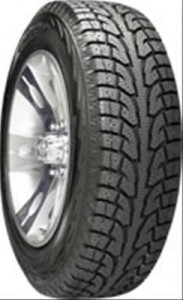 Tires
Tires
It goes without saying, but we’ll say it anyway: You must have good tread on your tires to trudge your way across snowy or icy roadways. If you have all-season tires on your car or truck, check now to make sure there’s enough tread to survive the winter months. Our How to Choose the Right Tires article covers the guidelines for proper tread depth.
You can also switch your tires to dedicated winter tires, which are designed specifically for harsh, snowy conditions. Whether you use seasonal or all-season tires, check your tire pressure often, because lower temperatures can cause lower tire pressures and compromise traction. Adjust tire pressure accordingly using a reliable tire pressure gauge and the tire manufacturer’s recommended pressure.
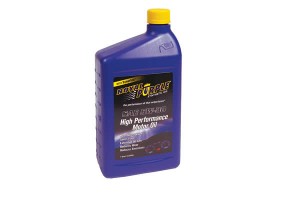 Motor Oil
Motor Oil
Check your vehicle’s manual (if you still have one) for recommendations on which motor oil to use during the winter. Typically, colder weather will call for lower viscosity oil, which is thinner and circulates more easily in sub-freezing temperatures. Either choose a lower weight conventional oil (based on your manufacturer’s recommendations) or switch to a synthetic oil, which generally flows better than standard oil—even in colder weather. That means quicker start-ups and reliable lubrication in bone-chilling temperatures.
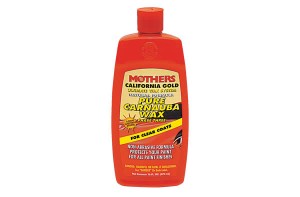 Paint and Finish
Paint and Finish
Old Man Winter doesn’t give a flip about your vehicle’s fancy new paint job or pristine factory finish. In fact, the Old Man loves to wreak havoc on automotive finishes with his special recipe of snow, grime, and road salt. That’s why it’s important to give your hauler a thorough late-Fall washing and a nice, liberal coat of wax to protect the finish. For an added layer of protection, consider adding a top coat sealer like Mothers Reflections Advanced Top Coat. Once the season is over, take time to spray down your vehicle, including the underside and wheelwells, to remove salt.
 Four-Wheel Drive
Four-Wheel Drive
If you have four-wheel drive, there’s no better time to take advantage of it than winter time. It’s awfully hard to take advantage of four-wheel drive traction, though, if your four-wheel drive components aren’t working properly. Before the first sign of inclement weather, engage your four-wheel drive to make sure all of the components are operational and moving freely. Keep in mind, companies like Dorman Products offer affordable replacement components to ensure you get sure-footed, four-wheel traction, including 4WD differential actuators, 4WD actuator cables, 4WD engagement switches, transfer case motors, and more
Winter’s tough. But your ride is tougher when it’s properly prepped. Start now.
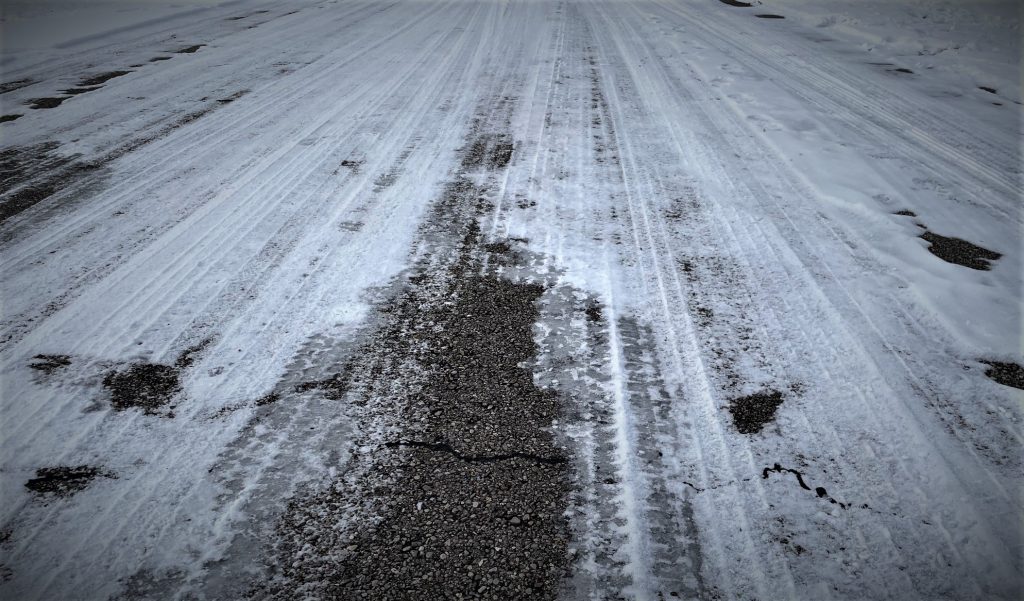

Comments